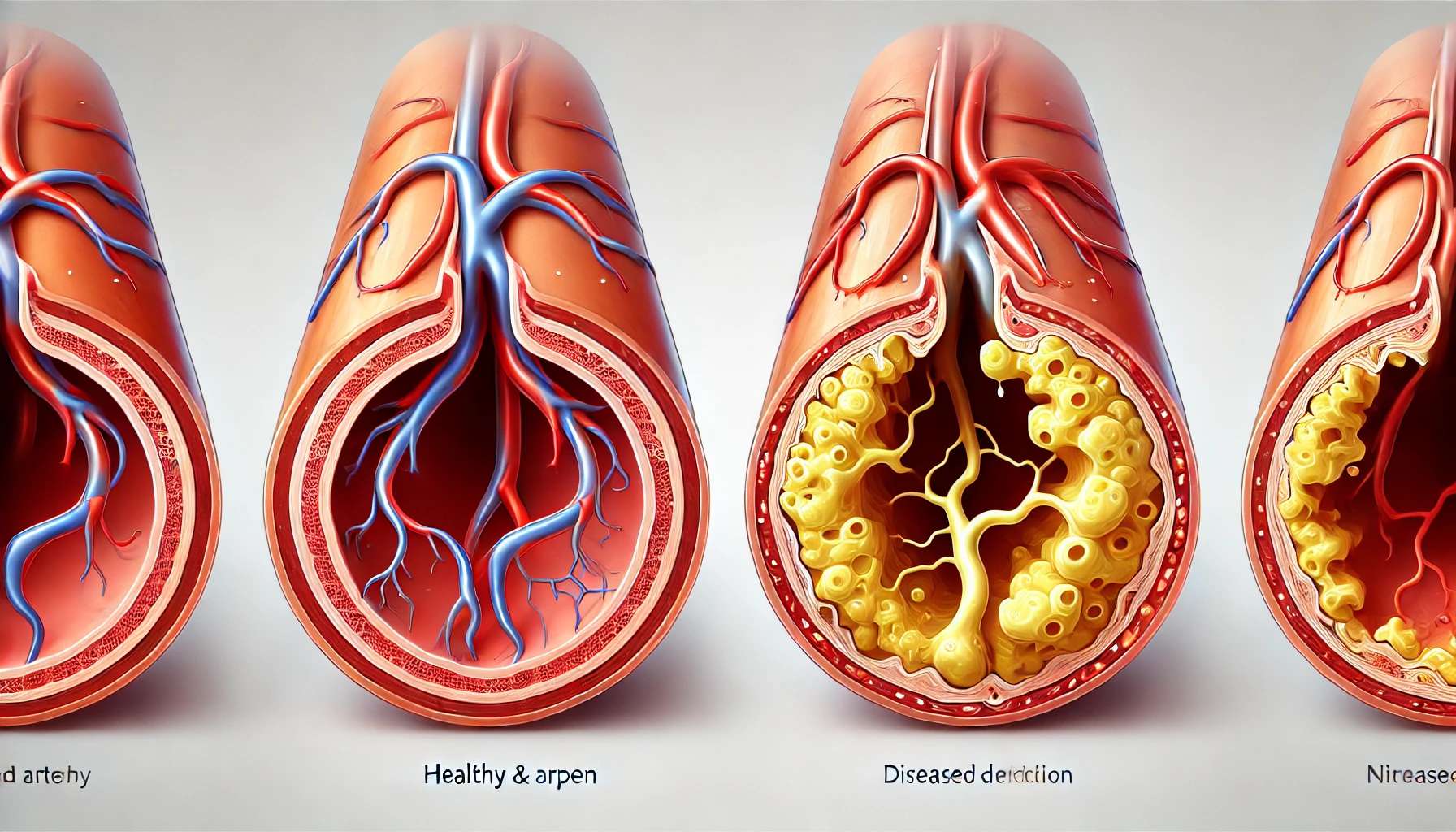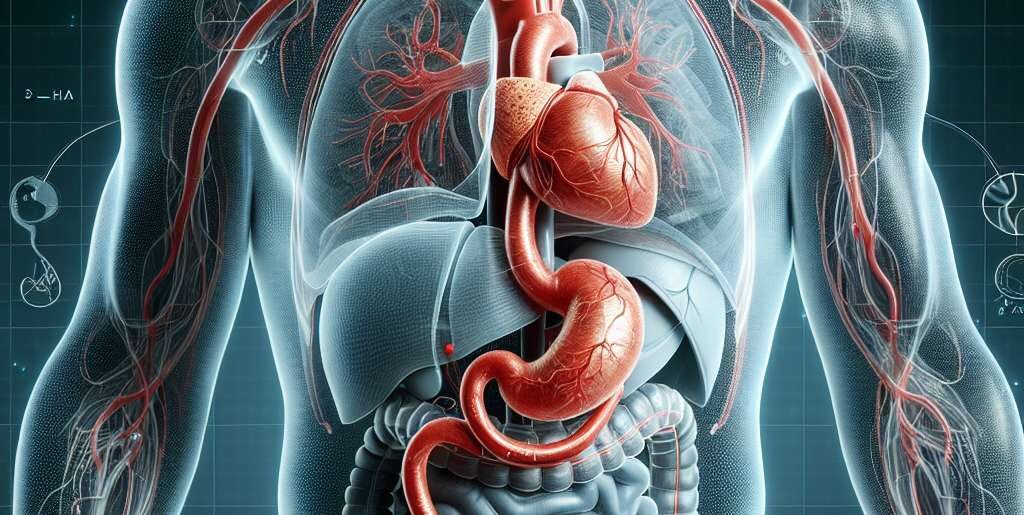Ad Blocker Detected
Our website is made possible by displaying online advertisements to our visitors. Please consider supporting us by disabling your ad blocker.
So What’s DVT Anyway?
Imagine this: your blood, designed to keep you alive, decides to set up camp in one of the deep veins in your leg—uninvited. That’s Deep Vein Thrombosis (DVT) for you. It’s a sneaky condition where blood clots (thrombi, if you’re feeling fancy) form in deep veins, usually in the legs. They block blood flow, sometimes causing swelling or pain, and occasionally, they play the villain by breaking free and lodging themselves in your lungs (hello, pulmonary embolism).
While anyone can technically develop DVT, life sometimes throws curveballs like surgeries, pregnancies, or even long-haul flights that can stack the odds. And yes, just sitting too long binge-watching your favourite show? That counts too.
How Does It Happen?
Think of your veins as a highway. Now, imagine traffic grinding to a halt because of three major culprits:
- Bumpy Roads (Endothelial Damage): Surgery, injuries, or chronic inflammation can rough up the inner walls of your veins. Your blood reacts like a concerned neighbour—by sending in clotting agents. Helpful? Sure. But also risky.
- Traffic Jams (Stasis): Long flights, marathon Netflix sessions, or being stuck in bed can slow your blood flow. Sluggish blood tends to clump up. That’s science.
- Overzealous Patrols (Hypercoagulability): Conditions like pregnancy or genetic factors can make your blood clot faster than a plot twist in a soap opera. Medications like birth control pills can play a part too.
Symptoms: When Your Body Drops Hints
Spotting DVT isn’t always straightforward—sometimes, it’s like trying to figure out why your car’s check engine light is on. But here are a few common signs:
- Pain: Achy or sharp, usually in the calf or thigh. It might even feel worse when you move around.
- Swelling: One leg looking puffier than the other? That’s a red flag.
- Skin Changes: Redness, warmth, or even a bluish tint might show up. Your leg might also resemble a roadmap with bulging veins.
- Random Oddities: Rapid heartbeat, fever, or shortness of breath could mean the clot’s moved elsewhere. Not good.
Risk Factors: The Usual Suspects
Some factors ramp up your risk of DVT. Here’s the rundown:
- Medical Triggers: Recent surgeries, cancer treatments, or conditions like lupus.
- Lifestyle Choices: Smoking (yes, still bad for you), obesity, or hormonal meds.
- Uncontrollables: Family history, aging, or just plain bad luck.
Treatments That Work (Mostly)
The aim? Keep the clot in check and stop it from relocating. Options include:
- Blood Thinners: Think of these as the “do not pass go” cards for your clots. Heparin and DOACs are among the faves.
- Compression Stockings: Not the sexiest accessory, but they help with swelling and improve circulation.
- Thrombolysis: High stakes, higher risks—this is for dissolving clots in extreme cases.
- Filters: Tiny, life-saving devices placed in your veins to catch rogue clots.
Keeping DVT at Bay
Prevention’s the name of the game, and it’s not rocket science:
- Move It or Lose It: Walk around if you’re travelling. Stretch your legs during work marathons.
- Stay Light and Hydrated: Drop extra pounds and keep the water flowing—your veins will thank you.
- Quit Smoking: Seriously. Your future self will thank you.
A Final Word
Deep Vein Thrombosis isn’t just some distant medical jargon—it’s a real, sometimes sneaky condition with life-altering consequences. The good news? Awareness, early diagnosis, and proactive prevention can make all the difference. And hey, if something doesn’t feel right, trust your gut—call a doctor.
Stay active. Stay healthy. Share this with someone you care about—you just might save a life.





